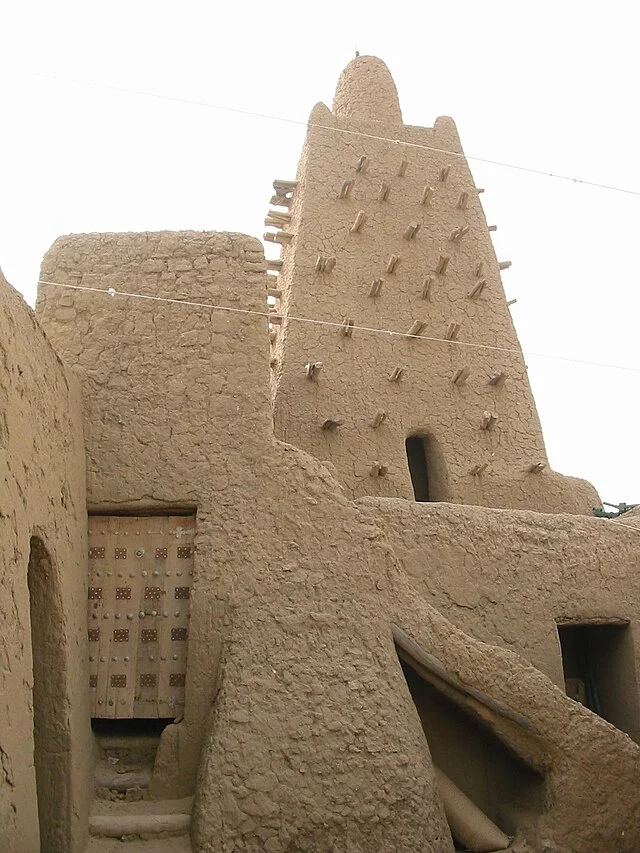Djinguereber Mosque is one of the most remarkable architectural and historical landmarks in Timbuktu, Mali. Built in 1327 AD, this mosque has served as a significant center of Islamic worship and learning in West Africa for centuries. Its unique earthen architecture and enduring cultural importance have made it a UNESCO World Heritage site, celebrated globally for its historical and religious significance.
Get your dose of History via Email
Construction and Architecture
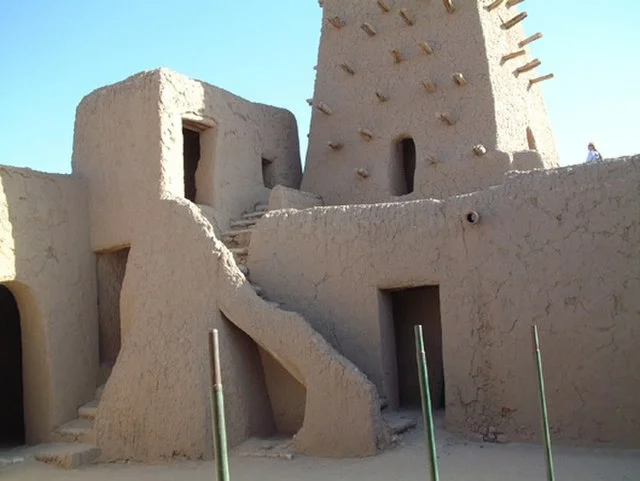
The construction of Djinguereber Mosque began in 1327 AD under the commission of Mansa Musa, the famous ruler of the Mali Empire. Returning from his pilgrimage to Mecca, Mansa Musa sought to make Timbuktu an Islamic cultural center. He recruited the Andalusian architect Abu Ishaq al-Sahili, who was renowned for his expertise in Islamic architecture.
Djinguereber’s architecture stands out due to its use of mud bricks, straw, and wood, materials chosen for their suitability to the local climate. The mosque’s thick walls help maintain cooler temperatures inside, which is essential in the Saharan climate. Djinguereber’s structure reflects Sahelian architectural style, which blends Islamic influences with local building techniques. The mosque has three inner courtyards and a prayer hall supported by wooden beams that add stability to the earthen structure. Its distinctive minaret, made of mud and wood, is the tallest structure in the city, symbolizing both religious devotion and architectural ingenuity.
Historical Role and Educational Significance
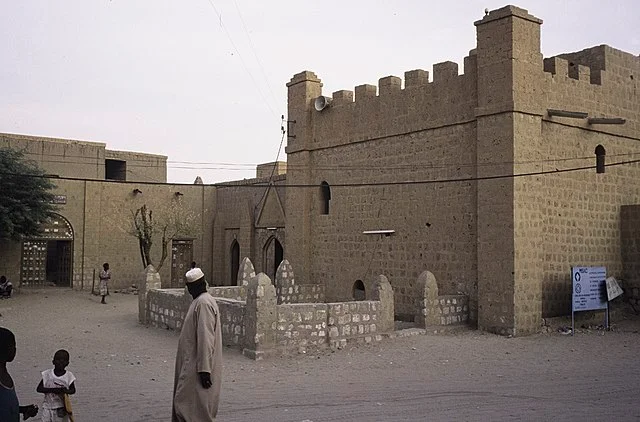
Djinguereber Mosque played an essential role in establishing Timbuktu as a renowned center of Islamic learning and scholarship. During the 14th and 15th centuries, the mosque was part of a network of schools that attracted students and scholars from across West Africa and the Islamic world. The mosque offered instruction in Quranic studies, mathematics, astronomy, and other subjects, making Timbuktu one of the most important academic centers in the medieval Islamic world.
For centuries, Djinguereber continued to function as both a place of worship and a school. It became one of three main mosques in Timbuktu associated with the city’s historic university system. Alongside the Sankore and Sidi Yahya mosques, Djinguereber fostered an intellectual climate that made Timbuktu an iconic hub of knowledge and cultural exchange.
Conservation and Preservation Efforts
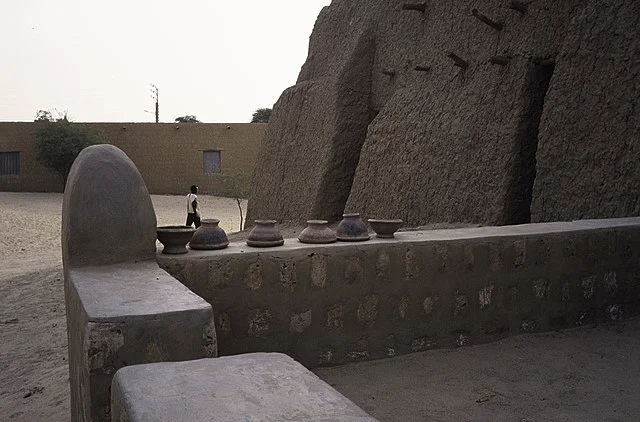
Djinguereber Mosque, built primarily from mud, faces significant challenges due to environmental factors and seasonal rains, which can erode the structure over time. Every year, the community organizes restoration efforts known as crepissage, a tradition in which local people work together to apply new layers of mud to the mosque’s walls. This regular maintenance has been vital to preserving the mosque’s original structure and design.
In 1988, Djinguereber Mosque, along with Timbuktu’s other historic mosques, was designated a UNESCO World Heritage site. This designation has helped bring international attention and funding for preservation efforts. In recent years, UNESCO and the Malian government have worked to protect Djinguereber from threats such as climate change and political instability. Despite the challenges, ongoing conservation efforts reflect the local community’s dedication to maintaining Djinguereber as a spiritual and historical monument.
Djinguereber in Modern Times
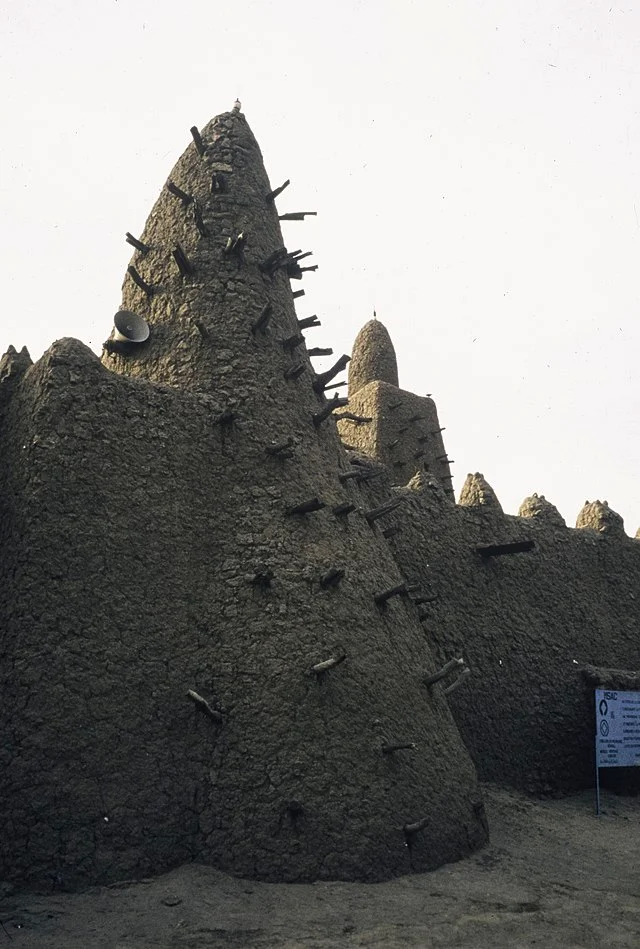
Today, Djinguereber Mosque remains an active place of worship and a symbol of Timbuktu’s rich cultural heritage. It attracts tourists, historians, and scholars from around the world. While security concerns and regional instability have affected tourism, Djinguereber still holds cultural and educational events. The mosque continues to host annual festivals that celebrate Timbuktu’s history and traditions, reinforcing its role as a center of cultural pride.
Djinguereber Mosque stands as a testament to the Mali Empire’s history and the enduring importance of Timbuktu in the Islamic world. Its unique architecture, legacy of learning, and ongoing preservation highlight its significance as one of Africa’s most remarkable landmarks.
Source:

